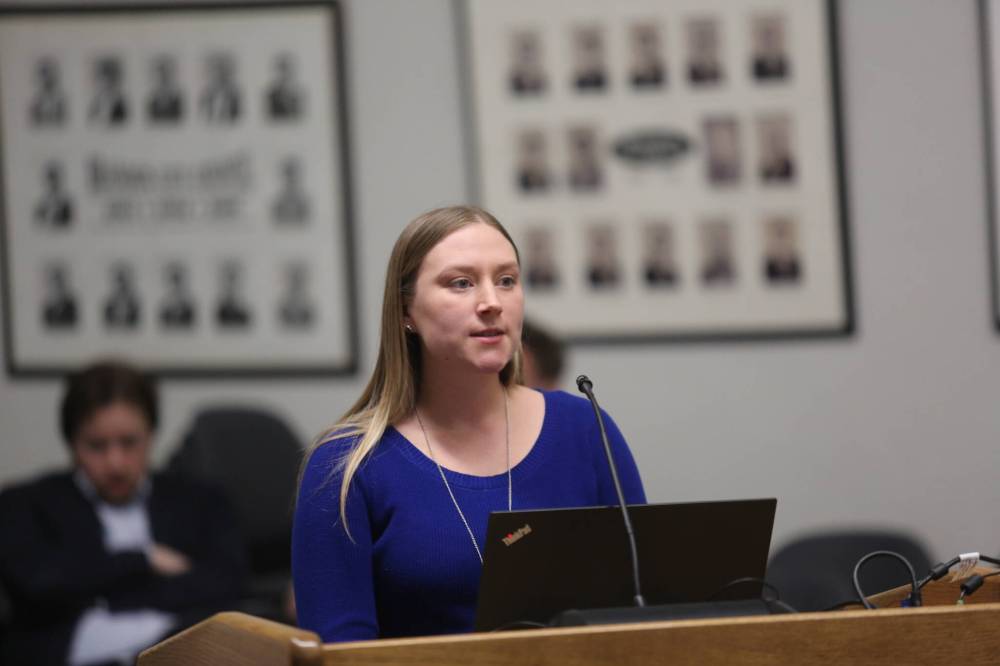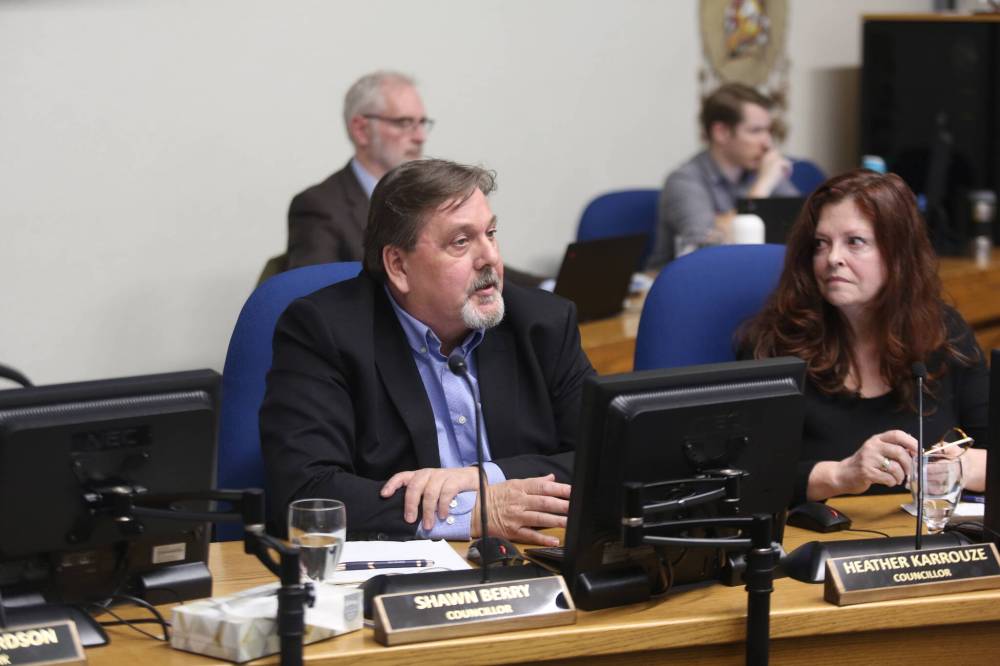Strategy targets traffic safety
Advertisement
Read this article for free:
or
Already have an account? Log in here »
We need your support!
Local journalism needs your support!
As we navigate through unprecedented times, our journalists are working harder than ever to bring you the latest local updates to keep you safe and informed.
Now, more than ever, we need your support.
Starting at $15.99 plus taxes every four weeks you can access your Brandon Sun online and full access to all content as it appears on our website.
Subscribe Nowor call circulation directly at (204) 727-0527.
Your pledge helps to ensure we provide the news that matters most to your community!
To continue reading, please subscribe:
Add Brandon Sun access to your Free Press subscription for only an additional
$1 for the first 4 weeks*
*Your next subscription payment will increase by $1.00 and you will be charged $20.00 plus GST for four weeks. After four weeks, your payment will increase to $24.00 plus GST every four weeks.
Read unlimited articles for free today:
or
Already have an account? Log in here »
Hey there, time traveller!
This article was published 07/02/2023 (994 days ago), so information in it may no longer be current.
The City of Brandon’s Vision Zero task force is preparing to start work after being assembled over the course of the last year.
Jennifer Coey, manager of strategic infrastructure, started off Monday’s city council meeting by talking about Brandon’s move toward a Vision Zero approach for traffic safety.
Originally created in Sweden in 1997, the philosophy aims for roads and traffic to be designed in a way that leads to zero deaths or serious injuries every year.

Two ways Sweden has achieved that, Coey said, is by designing infrastructure to physically separate traffic from vulnerable users of roads and to control speed where the two can’t be kept apart.
One of the guiding principals for Vision Zero, according to Coey’s presentation, is that “in every situation a person might fail, the road system should not.”
Edmonton was the first city in Canada to implement the philosophy in 2015, with more provinces and communities embracing it in the years since. Winnipeg decided to adopt Vision Zero last year.
To successfully implement Vision Zero, Coey said, a community needs to follow these guidelines: a commitment from its political leaders, leadership from multiple disciplines, a systems-based approach, community engagement and transparency.
When the city started to investigate Coun. Shawn Berry’s (Ward 7) concerns about traffic safety in his ward, it ended up looking into and then creating a task force to implement Vision Zero in Brandon.
A timeline shown at the meeting stated the task force was initiated in June 2022, had its structure and charter established between July and November 2022 and held its kickoff meeting in November.
There are four components on the task force: a steering committee to determine policy at the highest level, the task force itself, which develops and enacts the policies, four working groups dedicated to engineering, enforcement, education and evaluation and a secretariat co-ordinating everything.
The task force’s next steps are to finalize its charter, fill four more public committee slots, draft and then deliver its action plan. Coey said the city is also looking to include a representative from the Brandon School Division on the task force.
Data used to determine what areas need to be made safer and what methods are working to improve safety will be obtained through Brandon Police Service reports.
Ways the task force could work to improve safety include changing speed limits, assessing pedestrian traffic around schools and playgrounds, traffic calming measures and implementing active transportation infrastructure.
Following Coey was director of engineering Mark Allard, who spoke about the results of the initiative launched to address Berry’s traffic concerns: a one-year pilot project to reduce the speed limit on Durum Drive from 50 to 40 kilometres an hour.
Residents in and around Durum Drive complained that traffic in the southwestern neighbourhood was using the street as a shortcut between 34th and 18th streets. The duration of the pilot project has already been extended into 2023.
Allard explained that no physical traffic calming measures like speed bumps were used with the pilot project, just a reduction in the speed limit.
Data showed the number of trips taken on the road decreased after the speed limit was reduced and the average speed dropped as well.
Berry backed up the data with anecdotal evidence he’s heard from his constituents, who he said believe the speed limit reduction has lowered the amount of traffic travelling through the neighbourhoods.

It was seen that on the curved street, southbound traffic tended to go faster than eastbound traffic. Part of that, Allard said, is because eastbound traffic can travel farther before their route is interrupted by something like a curve that might provoke a motorist to slow down.
“Where there is a means of physical traffic calming … you obviously have a better response to the posted speed of 40 km/h,” Allard said.
Speed in both directions were lower when there was a speed board notifying motorists how fast they were going compared with a hidden sensor measuring traffic speed. However, Allard said studies have shown the efficacy of speed boards decreases over time.
There are four options for reducing speed as Allard explained: installing speed limit signs to request motorists slow down, remind motorists how fast they’re going with display boards, encourage lower speeds through police enforcement and using physical designs of roads to force motorists to slow down.
Speaking on the next steps for Durum, Allard said physical calming measures could include the installation of traffic circles or to create a chicane (a bend) in the road. Both measures, the presentation stated, would cost around $2,500 to implement.
Going forward, Allard said, the city has identified three neighbourhoods the pilot project could expand to and is looking to find more.
One of those is Parkdale, where Durum Drive is located. Should the entire neighbourhood have its speed limit reduced, Allard said there would be signs indicating the drop in speed on the exterior with supplemental signs on interior roads.
The other two neighbourhoods mentioned during the presentation were River Heights and Riverview.
Arterial streets would be likely to remain at 50 km/h while collector and local streets are most suitable for a drop to 40 km/h.
Should the city desire, Allard said, engagement work to identify residents’ concerns with traffic safety could start as early as this month.
» cslark@brandonsun.com
» Twitter: @ColinSlark
